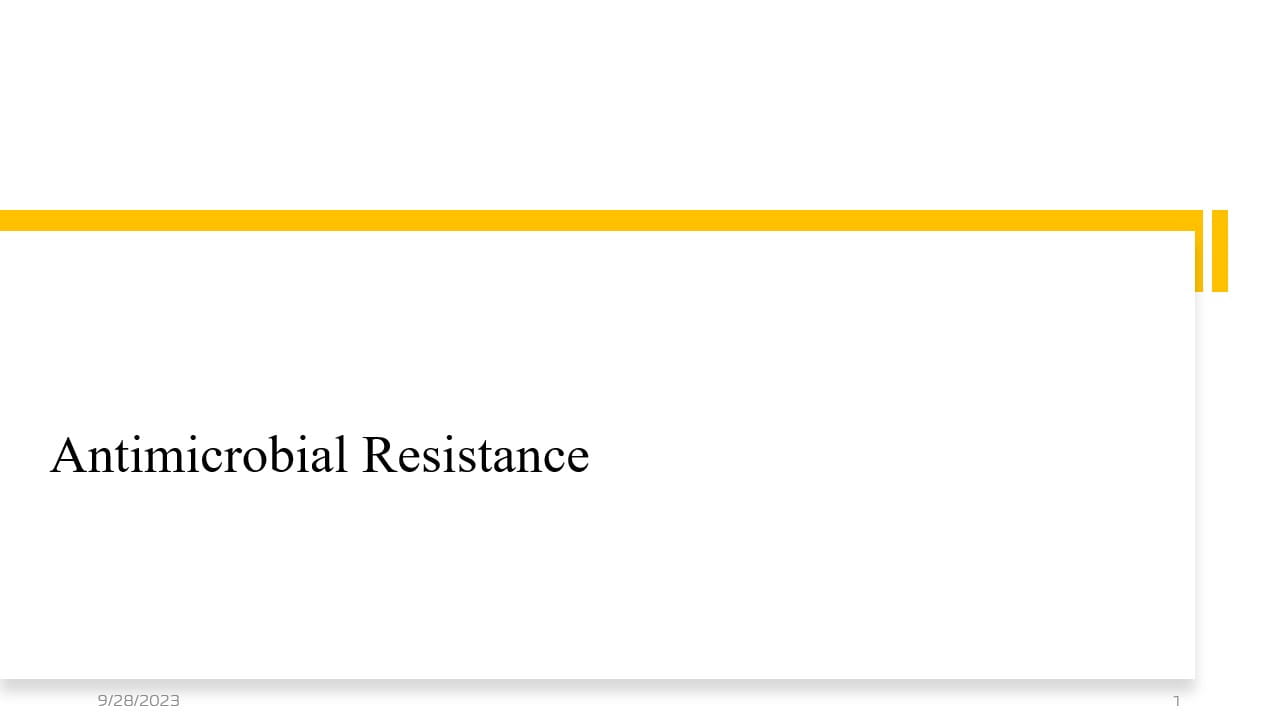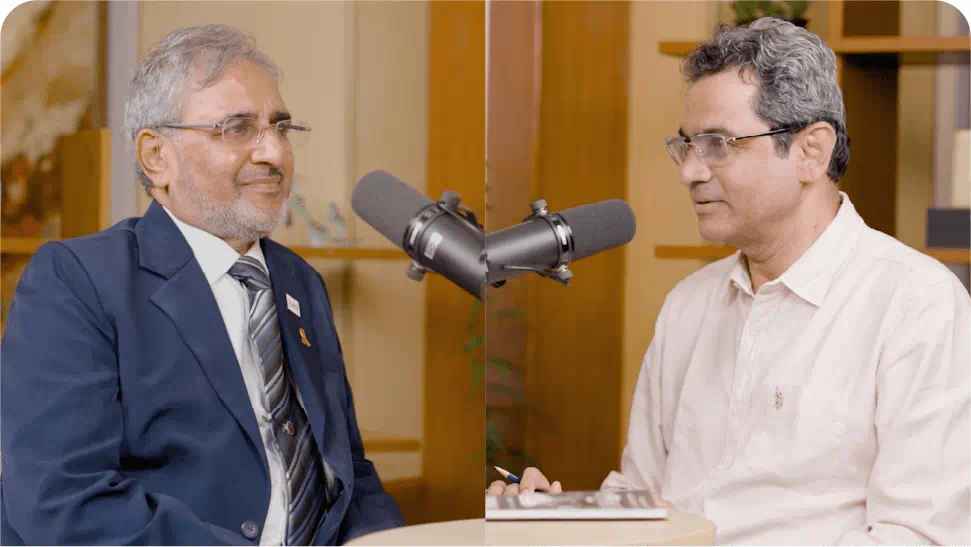ISID 2022: Hospital-Acquired Infections – How Much Can We Prevent?
The session discussed the health care system infections and their prevention, screening strategies in different resource settings and integration of IPC and key strategies of Stewardship.
The American Journal of Infection Control suggests certain best practices to reduce infection spread. They are the use of electronic reminders to nurses to remove the urinary catheter every 72 hours, preoperative glucose monitoring, use of central line insertion checklist, weight-based peri-operative antibiotic dosing and daily evaluation of sedation vacation. However, there are certain challenges such as the lack of measures for contact precautions and isolation strategies to prevent cross-transmission in endemic areas. De-escalation of contact precautions has no negative impact on trends of MRSA and Vancomycin-resistant Enterococci (VRE) in hospital settings. There is a critical role for hospital executive leadership which includes establishing a sense of urgency, communicating the vision, empowering the action, institutionalising change, and providing the necessary resources and holding individuals/systems accountable. It is suggested that infection control strategy should be a horizontal infection control program which focuses on the most common mechanism of transmission- contact transmission. This includes hand hygiene, chlorhexidine bathing, central line insertion bundle, ventilator bundle and urinary catheter bundles.
The post-COVID era, antimicrobial resistance (AMR) is a growing concern. In Southeast Asia, gram negative pathogens such Acinetobacter baumanii are a problem in terms of screening errors in conventional biochemical detection methods. There is need for improvement in laboratory standards, implementation of specimen collection guidelines and discussion between the clinical teams and labs. There is also a need to develop a local as well as the national antibiogram. The newer automated biochemical testing and susceptibility tests, MALDI-TOF mass spectrometry, RT-PCR and Rapid-PCR POCTS, Rapid-ID and AST and next generation sequencing tests can provide better diagnostics than traditional methods.
Diagnostic stewardship can ensure timely diagnostic testing and timely reporting of results. During the COVID-19 phase, co-infections with bacteria and fungus were common in 3.7% of non-ICU patients and 41% in ICU patients. Despite infrequent co-infections, antibiotics were used in > 69% cases. The rapid diagnostic for antimicrobial stewardship can be important in three time frames- the initiation time frame (within 4-6 hours), de-treatment time frame (within the first 24 hours) and the de-escalation time frame (after 24 hours). Antimicrobial stewardship in acute care hospitals in Asia face several barriers such as lack of epidemiology, lack of awareness, weak infrastructure, insufficient education, limited funding prescriber or doctor resistance to the program, as well as poor infection control. The integration of infection prevention strategies appropriate for each prevalent MDR pathogen will be helpful to contain MDR pathogen specific to your setting.
SS22 International Society for Infectious Diseases (ISID) Congress 2022, 17th-20th Nov. 2022, Malaysia



